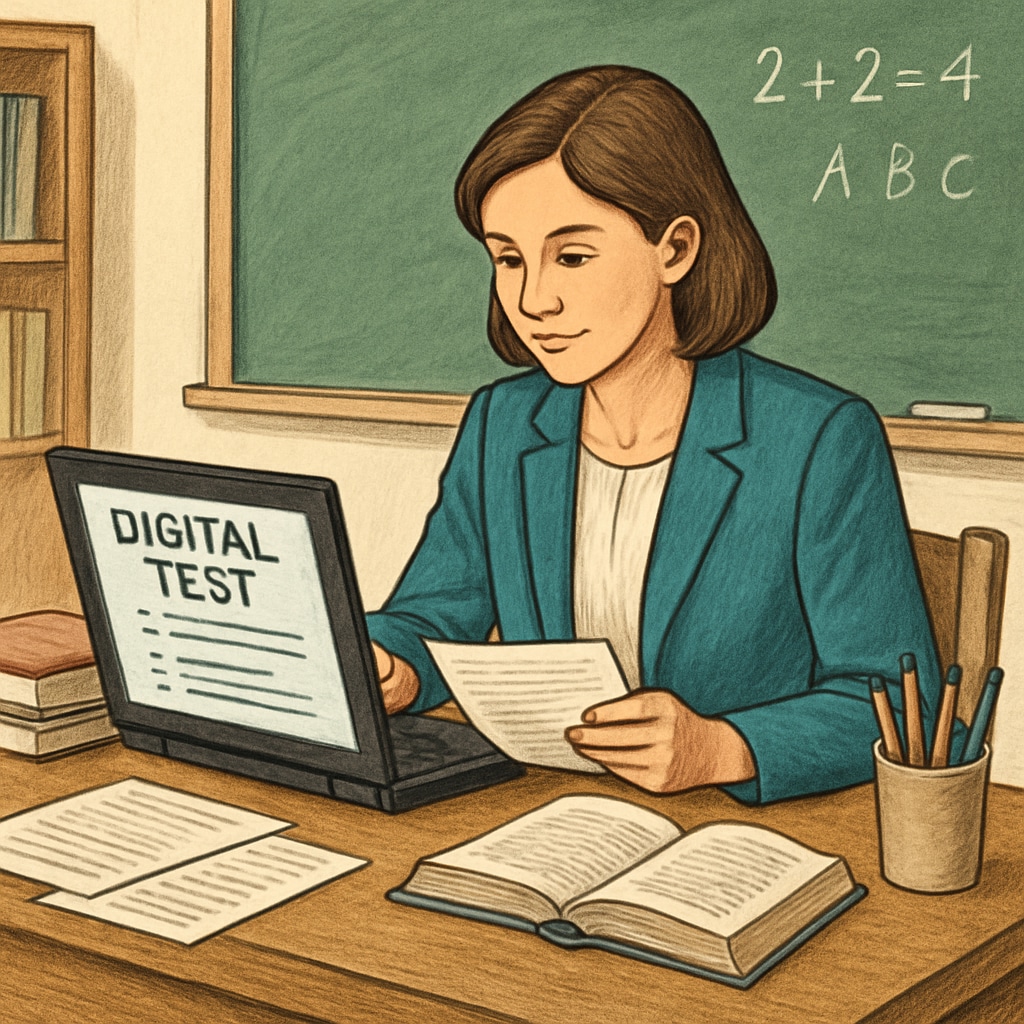In the dynamic world of K12 education, teachers often struggle to navigate through the vast sea of test resources available online and offline. Finding high-quality test resources for students and educators is essential to ensure effective teaching, accurate assessments, and overall student development. But how can teachers discern the best materials from mediocre ones? This guide provides actionable strategies to simplify the process, empowering educators to make informed choices for their classrooms.
What Defines High-Quality Test Resources?
Before diving into the search, it’s crucial to understand the characteristics of reliable test materials. High-quality test resources should meet the following criteria:
- Alignment with Curriculum: The resource must align with state or national standards and the specific subject matter being taught.
- Clear Objectives: Tests should have clearly defined learning objectives and measurable outcomes.
- Age Appropriateness: Test materials should be tailored to the cognitive and emotional development of the students.
- Diversity in Question Types: Effective tests include a mix of multiple-choice, short answer, and critical thinking questions.
- Feedback Mechanisms: Resources should provide tools for constructive feedback to help students improve.
Understanding these qualities ensures that teachers can focus on resources that truly enhance learning while avoiding irrelevant or subpar materials.

Where to Find Reliable Test Resources
Finding high-quality test resources doesn’t have to be a daunting task. Below are some recommended avenues to explore:
- Educational Websites: Platforms like Edutopia or Common Sense Education provide curated lists of teaching tools and test materials.
- Peer Recommendations: Collaborate with fellow educators to exchange resources and reviews on effective materials.
- Professional Organizations: Joining associations like the National Education Association (NEA) can grant access to member-exclusive resources.
- Publisher Websites: Many textbook publishers offer supplementary test materials aligned with their curriculum.
- Custom Tools: Platforms like Quizlet or Kahoot enable teachers to create tailored tests for their classrooms.
By leveraging these sources, educators can streamline the resource discovery process and find materials that are both effective and relevant.
How to Evaluate Test Resources Effectively
Once teachers identify potential resources, evaluating them is the next crucial step. Here are some strategies:
- Trial Runs: Use the resource with a sample group of students to assess its usability and effectiveness.
- Feedback Collection: Gather input from students and colleagues regarding the resource’s clarity and value.
- Data Analysis: Assess results from the test to determine whether the resource accurately measures student performance.
- Consistency Checks: Ensure the resource aligns consistently with the curriculum goals and teaching methods.
Evaluation is an ongoing process, but it ensures that the selected materials continue to meet the needs of both students and educators.

Adapting Resources for Diverse Classrooms
Classrooms are diverse environments, and one-size-fits-all solutions often fall short. To address this, teachers can adapt test resources to cater to various learning styles, abilities, and cultural backgrounds. For example:
- Incorporate visuals and interactive elements for visual and kinesthetic learners.
- Offer alternative formats, such as oral tests or digital quizzes, for students with special needs.
- Ensure inclusivity by avoiding cultural biases or language barriers in test materials.
Customizing resources not only improves accessibility but also fosters a more inclusive and equitable learning environment.
Conclusion: Empowering Teachers with the Right Tools
Finding and utilizing high-quality test resources is a cornerstone of effective teaching and student development. By understanding what makes a resource valuable, exploring reliable sources, and evaluating their effectiveness, educators can enhance their classroom assessments and better support their students’ growth. With the right tools, teachers can turn the daunting task of resource hunting into an exciting opportunity to drive impactful learning experiences.
Readability guidance: Use concise paragraphs and lists to summarize key points; maintain an accessible tone with transitions like “however,” “therefore,” and “for example.” Ensure the content is easy to follow, balancing technical depth with practical advice.


